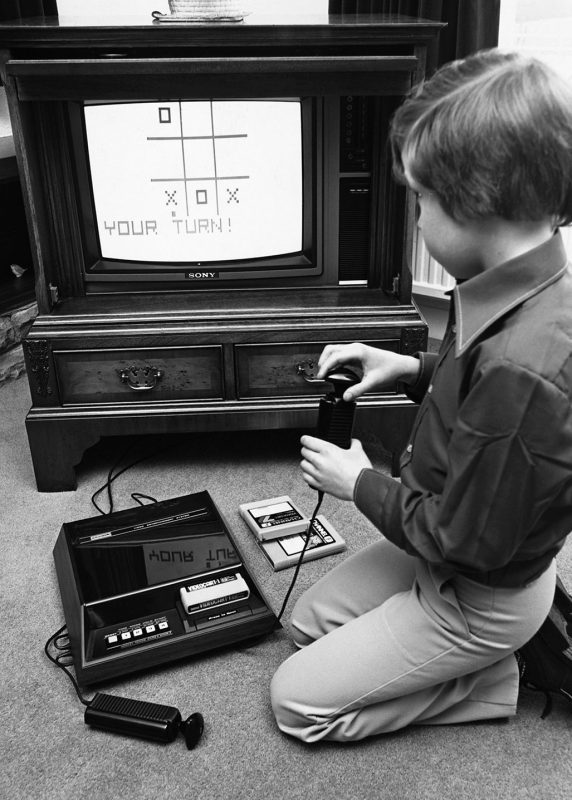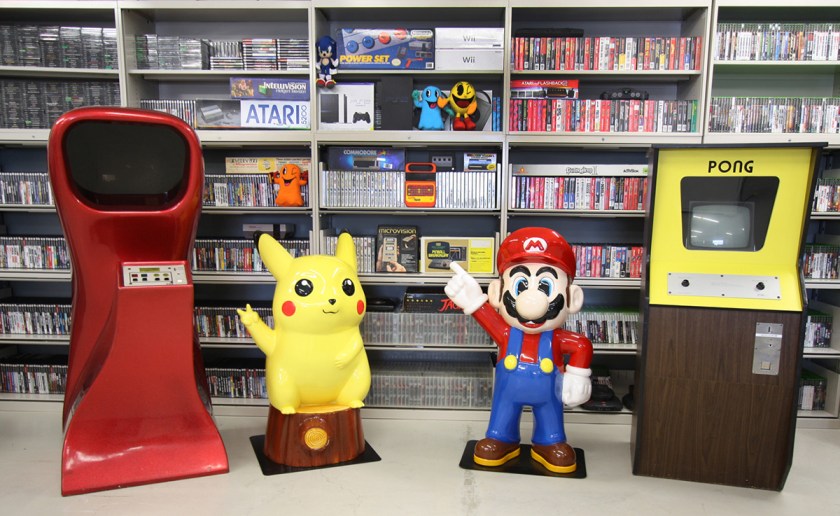
Visitors to the Metropolitan Museum of Art can view important pieces of history in the paintings hanging on the walls—each work by a master of a genre tells a unique story, and is a source of patronage and research.
But should video games hold a similar place in the art world? Is a history that includes Nintendo cartridges and game developer notebooks one that’s worth preserving like that of, say, a Picasso or Monet? The Strong National Museum of Play believes so—and it’s gone out of its way over the last 12 years to show the world how serious it is about its crusade.
The museum, located in Rochester, New York—which draws over half a million patrons a year—has been actively building out its permanent collection of electronic games, amassing more than 50,000 video games and related artifacts, and hundreds of thousands of documents having to do with how video games were developed and reached the market.
In 2009, the museum launched the International Center for the History of Electronic Games, to study and curate video game history; and in 2015, set up a World Video Game Hall of Fame (think of it as the Cooperstown of gaming).
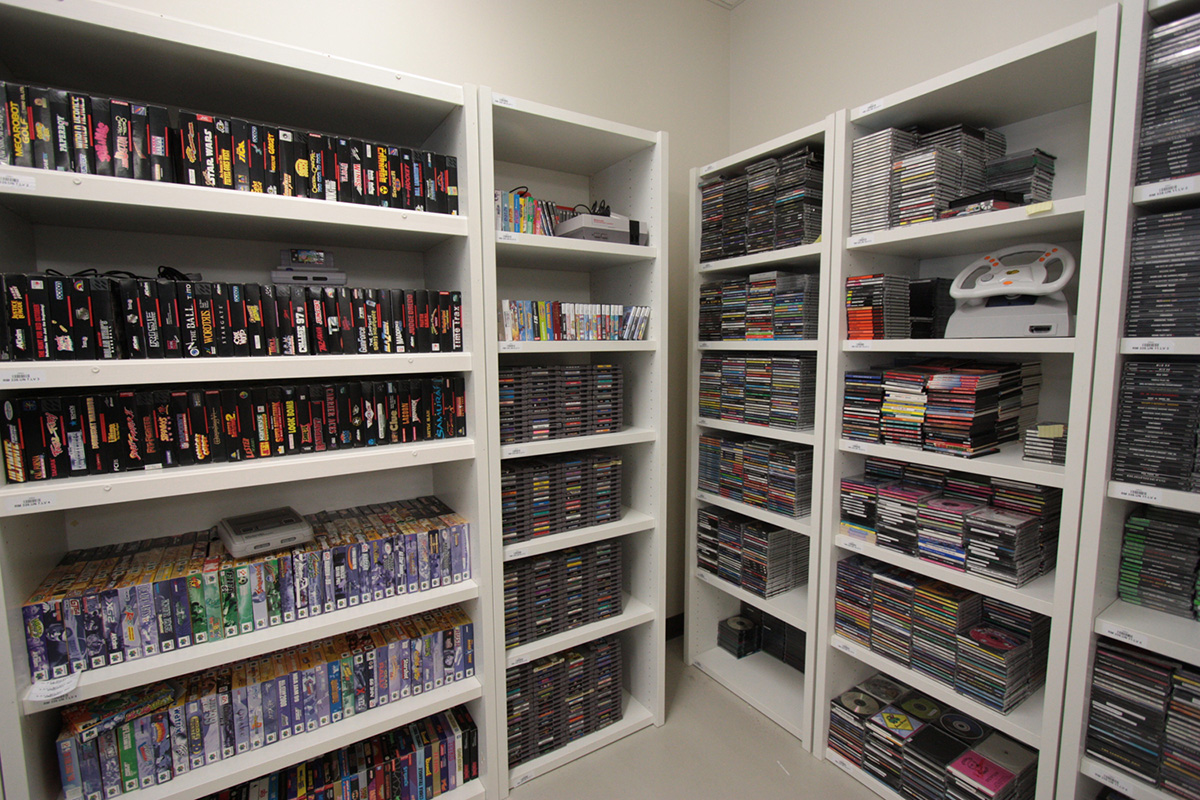
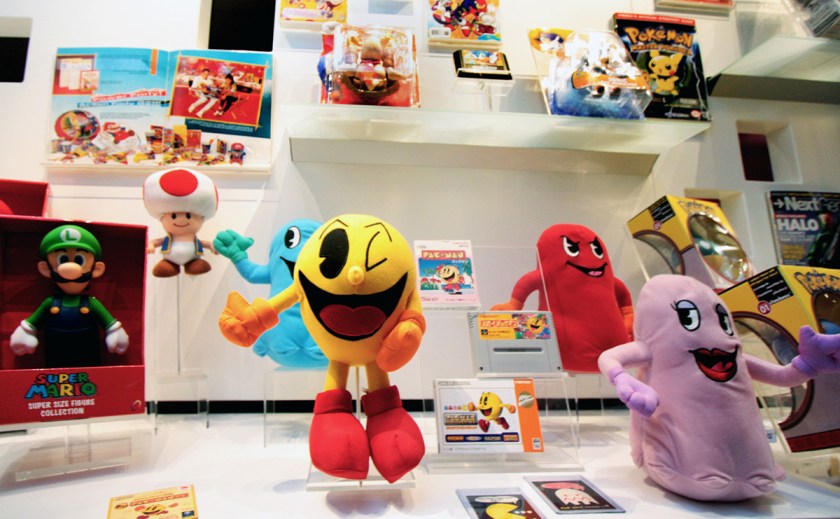
Unless it’s a high-class forgery, there’s really no doubt that Picasso’s “Guernica” is “Guernica.” But what about a computer game like Sim City or an arcade game like Donkey Kong? Unless a gamer sticks around to watch the credits roll by at the end of the game or have the original box the game came in, it’s pretty much impossible to know who was behind it.
The Strong sees video game history as a multi-pronged concept—just as the Met might view an exhibit of Impressionist or Surrealist artists. “We’re really trying to capture the full sweep of the life-cycle of a game,” explains Jon-Paul Dyson, director of the International Center for the History of Electronic Games.
The museum’s not only been collecting actual arcade games, video game consoles, and cartridges; but also materials related to the development of games, business records from gaming companies, marketing materials, advertisements, and reviews of games from the press.
To track down the source material, the museum has connected with many of the gaming industry’s forefathers, pitching them on the preservation of their notes and records for posterity. “We believe that people are going to be studying video games in the same way they studied the history of books, movies, and television,” explains Dyson. “If we don’t preserve these materials now, they’ll be lost.”
The response from the gaming community has been nothing short of overwhelming, notes Dyson. For example, the museum acquired a large number of documents from the late Ralph Baer, known as the “father of video games.” He was the first to secure a patent for playing games on a television and invented the first home game console, explains Dyson. For fans of early PC games like The Sims and Sim City, the museum acquired creator Will Wright’s notebooks, in which he mapped out his now iconic games. The Strong also has the complete corporate archives of Atari’s coin-operated division (which showed up on their doorstep in a tractor-trailer).
Most recently, it acquired a cache of documents from Interplay founder Brian Fargo, an early game designer who worked on famous games such as Battle Chess and Mindshadow. Fargo was a pioneer of the video role-playing game. The cache features a number of documents on the development of The Bard’s Tale, which Dyson refers to as “a Dungeons and Dragons–style game” in the vein of World of Warcraft). Furthermore, last year the museum got ahold of the papers behind the Minnesota Education Computer Consortium (MECC) that created the iconic educational game, The Oregon Trail.
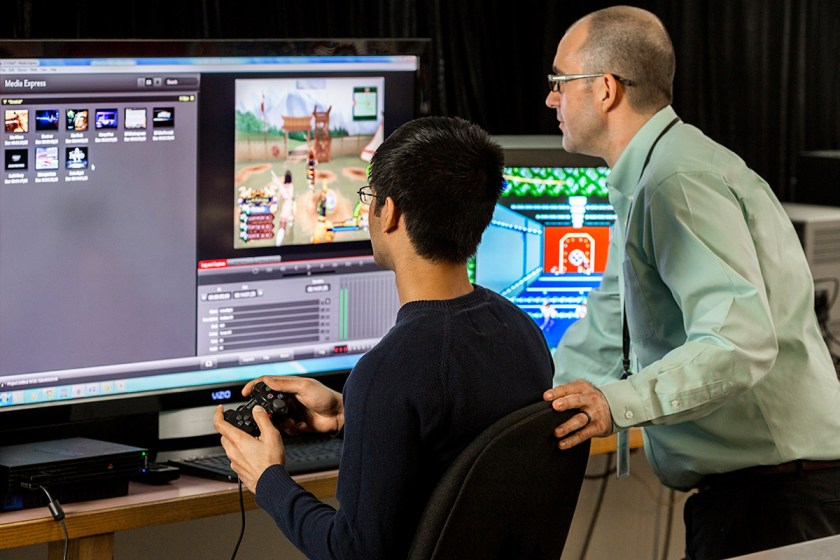
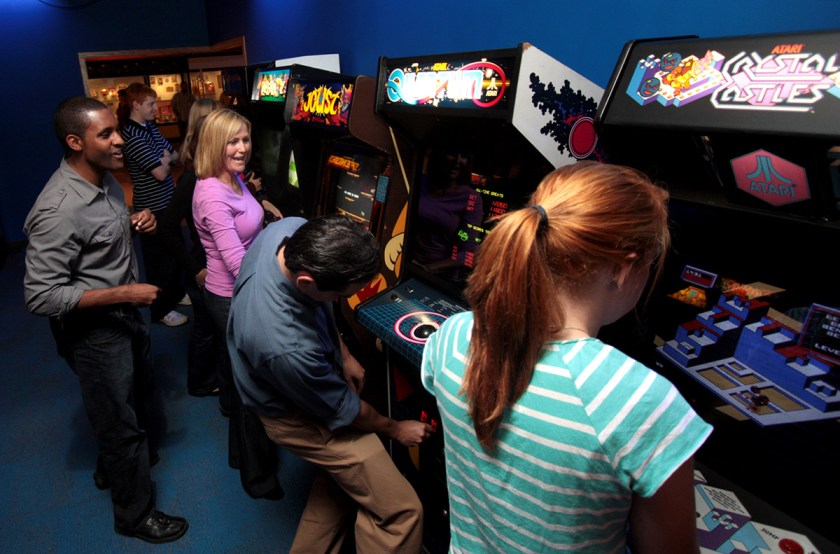
Art institutions like the Met actually have it a lot easier than the Strong when it comes to physical preservation of its art. “There are well-established techniques for preserving an oil painting or a piece of art … but video games give a whole set of unique problems,” explains Dyson. Ironically, video game cartridges have a lifespan that’s much shorter than a well-preserved oil painting. “If you’re looking at the package of a video game, then you are only scratching the surface; you’re not entering into the imaginative world of the game,” notes Dyson. “So the question is, do you need to maintain access to that game? And how do you keep it going when you know that the hardware will eventually fail, or the medium on which the software it stores will eventually not function anymore?”
Like those Nintendo NES cartridges, some of which are over 30 years old; or those scratch-sensitive CD-ROMs that held ’90s computer games. One of the more interesting means of preservation that the Strong uses? Shooting video of people actually playing the games (see photo above). It sounds so simple, but it’s an incredibly effective way of capturing history. Because video games aren’t static, unchanging works of art—there are innumerable variations to a game of Super Mario Bros.—a video of game-play can capture nuances for historians to study long after the games are rendered unplayable.
Maybe the Strong’s single greatest of act of video game preservation is actually allowing patrons to play the games themselves. “Our most popular feature is a full arcade, where we have nearly 300 arcade, video game, and pinball machines here at the museum,” explains Dyson.
While all 300 aren’t always on display at the same time, there’s always a mix of modern games like Guitar Hero or Dance Dance Revolution and classics like Pac-Man and Galaga available. It’s the classics that seem to always get the most foot traffic, too. This is where parents and children can find common ground; a round of Pac-Man is still a highly enjoyable experience, no matter what age you are.
And as Dyson explains, many of today’s mobile games are based on those vintage arcade classics, so the children of today are playing games just like their parents did. Except now, it doesn’t cost four quarters.
For more information on the Strong’s International Center for the History of Electronic Games, click here. Below, watch a 1983 Atari promotion for its new Star Wars arcade game, one of the many treasures in the museum’s archives.
—Will Levith for RealClearLife
This article was featured in the InsideHook newsletter. Sign up now.
